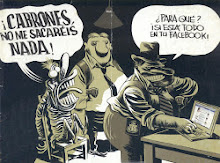Marilyn Stasio
Irish
sons are brought up to honor their mothers. To Jimmy Phelan, the most feared
gangster in the city of Cork, that means cleaning up his mother’s kitchen after
she bashes an intruder to a bloody pulp with a gaudy religious artifact she
calls her “holy stone.” This tragicomic scene captures the wonderfully offbeat
voice of Lisa McInerney, whose irreverent first novel, THE GLORIOUS
HERESIES (Tim Duggan, $27), descends into the city’s seedy underworld and
finds a community of alcoholics, prostitutes, drug dealers and their customers,
who live like rats but speak like street poets. Ireland is gripped in a
recession, and a lot of people have no jobs — but not down here, where
everyone’s working in the shadow economy, selling drugs or sex or someone
else’s stuff.
Maureen Phelan’s rash
act sets off a roundelay of events that sweeps through the neighborhood,
eventually putting her son’s illegal business at risk. Tony Cusack, who helps
Jimmy with the cleanup, has no choice in the matter, burdened as he is with six
children and a drinking problem that makes him mean as a skunk. His 15-year-old
son, Ryan, the closest thing to a likable character, wears the bruises to prove
it. McInerney’s characters aren’t what anyone would call saints, but they’re so
richly drawn you have to respect the way they think and sympathize with their
moral conflicts. After disposing of the body on Maureen Phelan’s kitchen floor,
Tony feels awful that he’s unable to inform the victim’s mother. But what’s he
supposed to say? “Missus O’Donovan? I’m sorry to catch you unawares, . . . but
your son is dead as a . . . dodo”?
He actually puts it
more crudely than that. Not only is McInerney’s prose ripe with foul language
and blasphemous curses delivered in the impenetrable local idiom, but her
style is so flamboyantly colorful it can’t always be contained. Just the same,
when Maureen Phelan’s guilty conscience kicks in, sending her to confession and
devising ways to make reparation for her sins, the words that come out of her
mouth are hard as stones, but pure poetry.
When did it start,
the deterioration of the old river towns and the ruination of the children?
Jesse Donaldson thinks it was somewhere around 1998, the year in which he’s set
his fine first novel, THE MORE THEY DISAPPEAR (Thomas Dunne/St. Martin’s,
$26.99). The grown-ups in Marathon, Ky., are still drinking themselves
senseless, but OxyContin has become their children’s drug of choice. Harlan
Dupee, the decent new sheriff, would like to help kids like Mary Jane Finley,
who snorts Oxy to forget what a disappointment she is to her family, and her
boyfriend, Mark, who pushes pills and is studying pharmacy to advance his
trade. But a more pressing job for Sheriff Dupee is finding the killer of his
widely beloved but utterly crooked predecessor.
Donaldson is a
soulful writer, especially sensitive to imagery that reflects the young
sheriff’s sense of desolation: “The lit parking lot of Walmart shimmered as he
came into town — Marathon’s sad way of announcing itself.” There isn’t a lot to
the plot, but when the author mourns “a tree that had died before growing tall
enough to offer shade,” we understand exactly how the sheriff feels about his
battered town.
Just what a nice
Canadian town like Port Dundas needs — bones in the backyard. Well, not exactly
in the backyard, but on the building site of a hotly contested new subdivision.
That’s where Honey Eisen finds a human bone, in Inger Ash Wolfe’s intense new
procedural mystery, THE NIGHT BELL (Pegasus Crime, $25.95). When
more bones turn up, and are determined to be the remains of teenage boys hacked
to death some 40 years earlier, police attention turns to the ruins of the old
county home for boys that still stands on this spot. To Inspector Hazel
Micallef, the very sharp detective in this series (which the Canadian author
Michael Redhill writes under a pseudonym), this was a significant time in her
life, which we see in crisp flashbacks. She was almost 15, her mother was the
town mayor and her bratty adopted brother was blamed for the disappearance of a
“bad” wild girl. Readers are advised to forget the “nice” reputation that
sticks to Canada. This is pretty gory — and kind of sad.
Colin Cotterill
graciously issues a “mental health warning” to readers that I SHOT THE
BUDDHA (Soho Crime, $26.95), his dazzling if thoroughly dizzying new novel
set in Indochina, arrives “heavily spiced with supernatural elements.” By 1979,
the Pathet Lao government had pretty much wiped out the national religion of
Buddhism in Laos, home of the elderly, irascible Dr. Siri Paiboun and his merry
band of political misfits. Denied their deities, “rural folk were reanimating
pagan gods and seeking advice from spirits.” Since Siri is often visited by the
dead, and since he’s “desperate for entertainment,” he and his clever wife agree
to accompany the supreme patriarch of Lao Buddhists to Thailand on a mission to
intercede in the fate of a monk charged with three murders. Happily, their
adventure takes them to a village inhabited entirely by shamans banished from
their own villages. “The Disneyland of animism,” in Siri’s wry opinion of the
place, is easily the highlight of this mind-bending book.

























.jpeg)








0 comentaris:
Publica un comentari a l'entrada